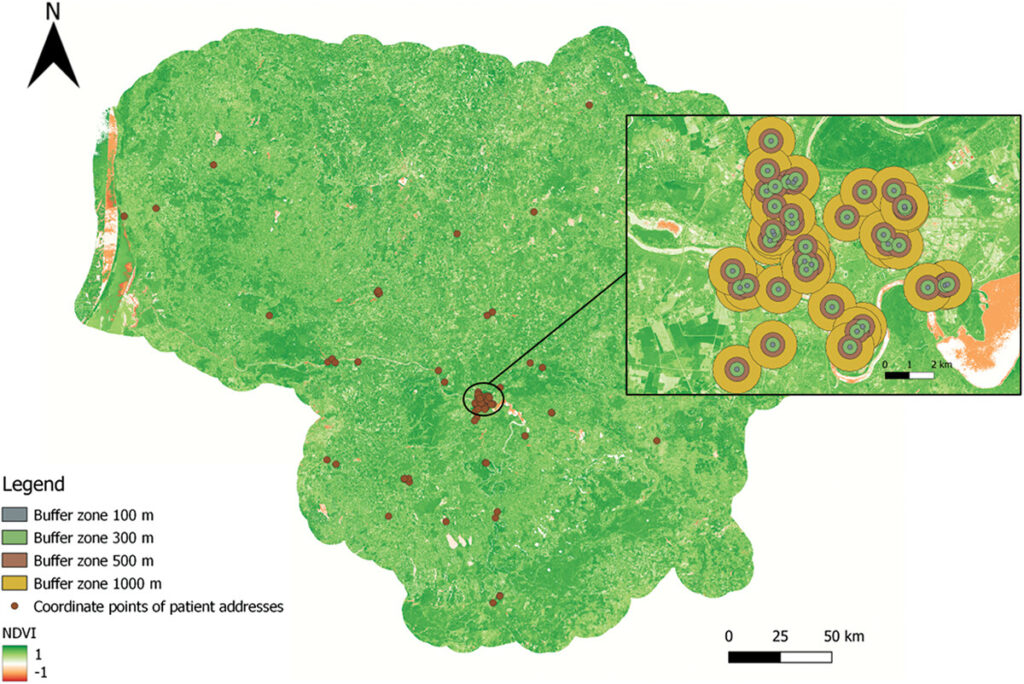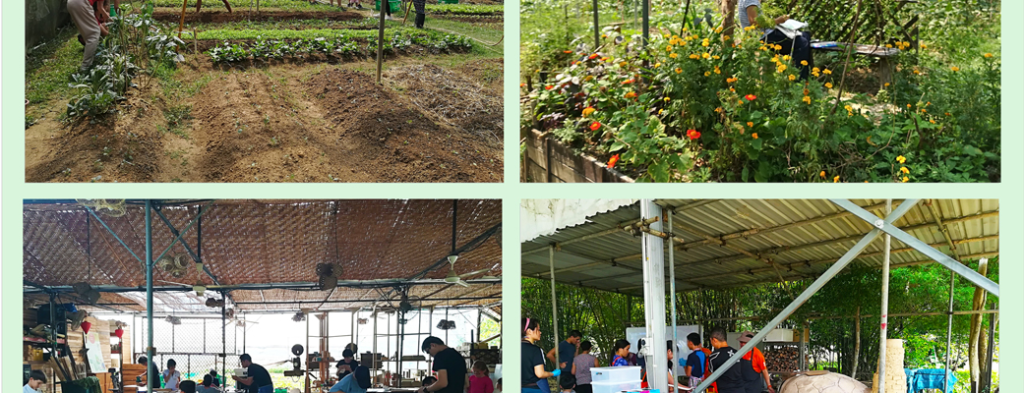City Know-hows

Who supports proposals to manage if, when and where new takeaways can open near schools? According to our recent study,over 50% of adults living in Great Britain!
Share
Target audience
Planning professionals working in practice, Local government elected politicians, National policy makers
The problem
Global trends indicate that takeaway food is commonly accessible in neighbourhood food environments. Local governments in England can use spatial planning to manage the opening of new takeaway outlets in “takeaway management zones around schools” (known elsewhere as “exclusion zones”).
What we did and why
The adoption of takeaway management zones near schools has been advocated for internationally, and some local authorities in England have done so. However, there remains scope for further adoption. Public support for population health interventions, and the extent to which these are viewed as effective at achieving their stated aims can influence political will for adoption. We analysed data from the International Food Policy Study to investigate public acceptability of takeaway management zones around schools.
Our study’s contribution
Our findings focus on what adults living in Great Britain think about takeaway management zones around schools.
• More than half supported proposals, and less than one in ten were against them.
• Most reported that these zones would help people to eat better.
• They typically agreed that fewer takeaways near schools would allow healthier food outlets to open, schools to promote healthy food and mean that young people ate takeaway food less often.
Impacts for city policy and practice
High levels of public acceptability for takeaway management zones around schools, especially in terms of support for adoption can reassure policy makers that proposals would not receive substantial public disapproval. Policy makers should not, therefore, use limited public support to rationalise policy inertia.
Planning professionals can use our findings to support their future proposals.
Further information
Full research article:
Public acceptability of proposals to manage new takeaway food outlets near schools: cross-sectional analysis of the 2021 international food policy study by Matthew Keeble, Jean Adams, Ben Amies-Cull, Michael Chang, Steven Cummins, Daniel Derbyshire, David Hammond, Suzan Hassan, Bochu Liu, Antonieta Medina-Lara, Oliver Mytton, John Rahilly, Nina Rogers, Bea Savory, Richard Smith, Claire Thompson, Christine M. White, Martin White & Thomas Burgoine.
Related posts

Living in modern cities can increase cardiovascular disease risk. This study analyzes the association between urban design and obesity, proposing a simplified index to assess how the built environment impacts heart health. Our “Urban-Obesity-Index” helps local authorities and planners design healthier neighbourhoods.

Urban greenness affects people’s physical and mental health. Residential greenness is associated with reductions in cortisol levels after six months in patients with chronic heart failure undergoing rehabilitation.

The involvement of citizens in nature placemaking processes can have a positive impact in the psychological health and wellbeing. The connection with the natural environment and community is grounded in five core principles recognized as the 5Gs: Gracious, Green, Giving, Grounded and Grateful, as conveyed through the activities.